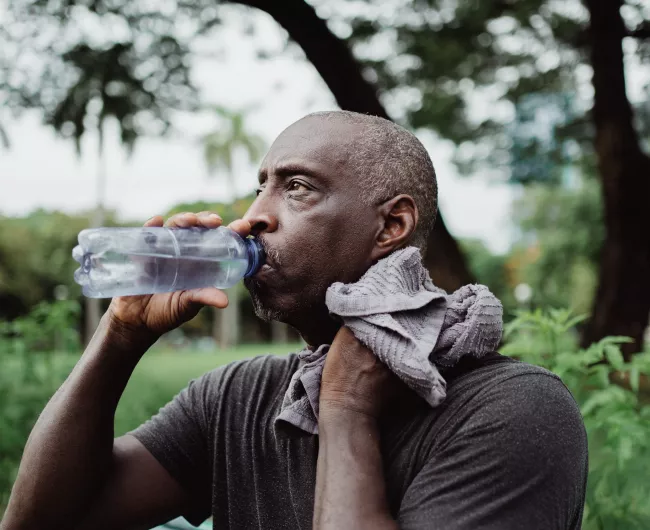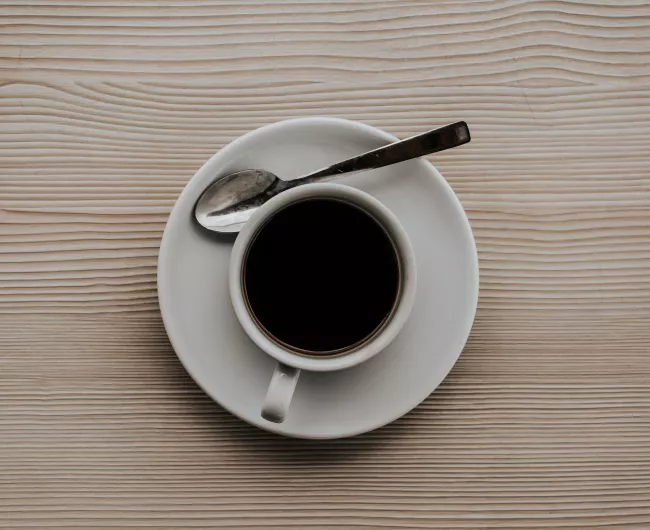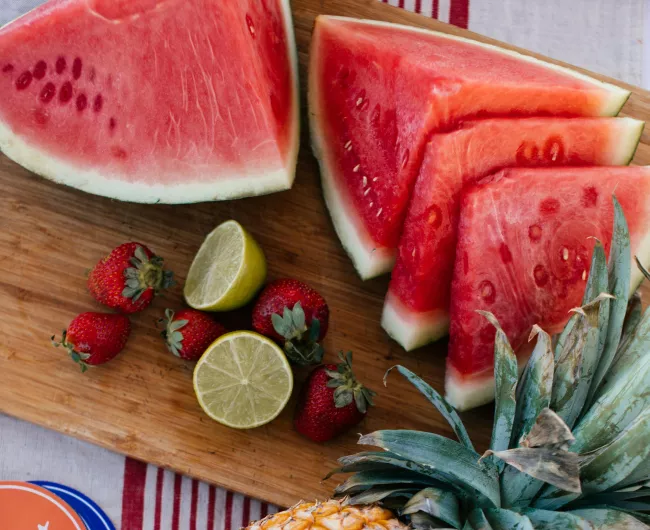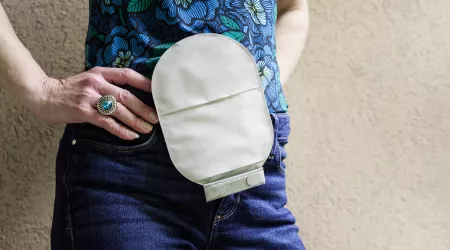3X Match My Gift
Act now through 12/31! Triple your impact to support colorectal cancer patients, survivors, and caregivers.
Staying hydrated with an ostomy is essential. Drink lots of fluids, choose hydrating foods, and monitor your output to ensure hydration.

Dehydration is a risk with an ostomy because the large intestine now absorbs less fluid. Those with an ileostomy face an even higher dehydration risk.
It's important to drink plenty of fluids, especially on hot or active days.
Each person's tolerance for certain fluids may vary, so it's important to monitor how different fluids affect your ostomy output and overall hydration level.
Plain water is the best hydrator.
Sports drinks can help replace lost sodium, potassium, and other essential electrolytes, but be wary of those with high sugar contents.
Fruit juices without added sugar provide hydration and some nutrients, but be cautious about sugar and the potential for increased output.

Coffee and tea are fine to drink with an ostomy, but caffeinated versions have the ability to dehydrate. Be careful not to use coffee or tea as a substitute for water.

Alcohol in moderation is fine but remember to keep your water going as well since alcohol is dehydrating. Note that beer may cause bloating and excess gas. Carbonated beverages should also be moderated for the same reason.

Adding hydrating foods — those with a high water content — to your diet is a good way to improve hydration. These include:
My cancer and ostomy journey began with a rude awakening in January 2023. My father was diagnosed with colorectal cancer at 42, and given that history, I asked my doctor at my yearly physical when I should begin screening.

Every year on the first Saturday of October, people worldwide come together to celebrate World Ostomy Day, also known as Ostomy Awareness Day. This day serves as a reminder of the resilience, strength, and courage millions of individuals display each year living with an ostomy.
In this video, ostomate and certified patient and family support navigator Stephanie Rouse demonstrates how to cut and fit an ostomy wafer, or skin barrier, for a stoma.